Politics through the Lens of Economics
Lecture 14
Prosperity with extractive institutions?
January 22, 2019
Masayuki Kudamatsu
Chapter 5
Chapter 3 on South Korea & Caribbean Islands
and Chapters 14-15 on China
of Why Nations Fail
Today's theme:
unsustainable growth under extractive institutions
Economic growth under extractive institutions
Political centralization
Inclusive economic institutions permitted
Resources allocated to highly productive sectors
Collapse of economic growth
No incentive for innovation
Infighting among the elite

Today's Road Map
Inclusive economic institutions permitted
South Korea
Caribbean islands in 18th century
Allocation of resources into highly productive sectors
Soviet Union
Political centralization
Neolithic Revolution by Natufians
Kuba Kingdom in Congo

Today's Road Map (cont.)
Soviet Union
No incentive for innovation
Infighting among the elite
Mayan city states
China since 1976 as growth under extractive institutions?

Today's Road Map
Inclusive economic institutions permitted
South Korea
Caribbean islands in 18th century
Allocation of resources into highly productive sectors
Soviet Union
Political centralization
Neolithic Revolution by Natufians
Kuba Kingdom in Congo
Today's theme:
unsustainable growth under extractive institutions
Economic growth under extractive institutions
Political centralization
Inclusive economic institutions permitted
Resources allocated to highly productive sectors
Collapse of economic growth
No incentive for innovation
Infighting among the elite
Inclusive economic institutions permitted
Elite in extractive political institutions
may allow some inclusive economic institutions
This happens when (as argued on p. 92)
Elite feel secure enough about their political power
cf. Elite's fear of creative destruction (Lecture 2)
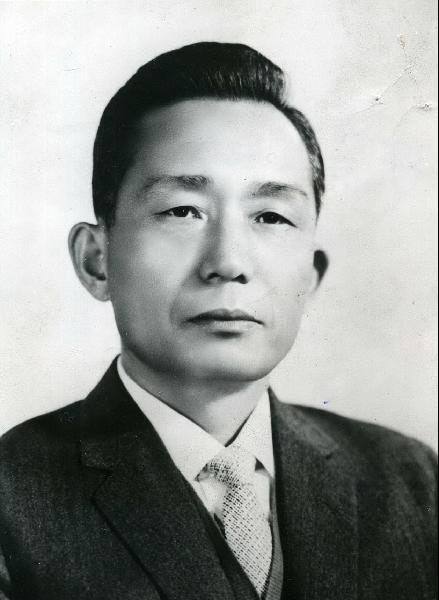
Image source: Wikimedia Commons
Seized power in a military coup
1961
1963
Won presidential election
(& re-elected in 1967, 1971)
1972
Closed national legislature
Became dictator
Political institutions: not pluralistic
South Korea under President Park (1961-1979)
Park Chung-hee
Assassinated by his guard
1979

Image source: Philip Cho
Promotion of export industries
i.e. Economic institutions: Inclusive
(secure property rights / public service provision)
Exporting firms: exempted for import/export taxes
National banks provide loans for export
etc.
For more detail, see Westphal (1990)
Note: political centralization needed to implement such policies
President Park awards a trophy for best export performer
South Korea under President Park (1961-1979) (cont.)
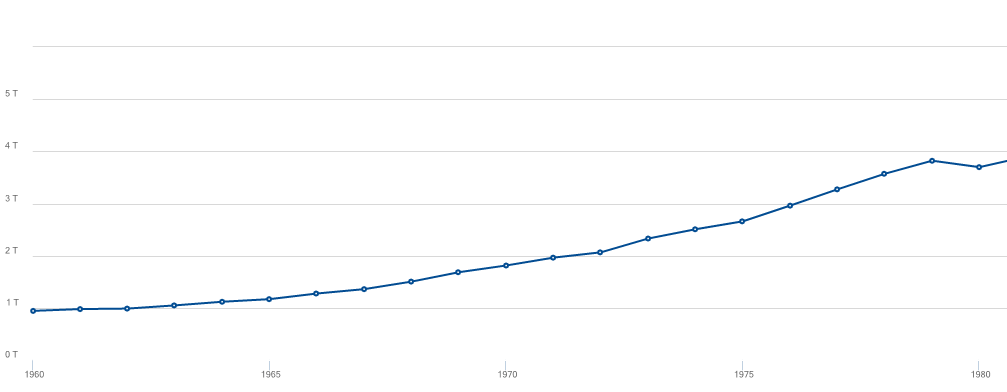
GDP per capita (constant 2010 US$)
Data source: World Bank
South Korea under President Park (1961-1979) (cont.)
Rapid economic growth as a result
South Korea under Park is an example of:
Economic growth under extractive institutions
Political centralization
Inclusive economic institutions permitted
Resources allocated to highly productive sectors
Collapse of economic growth
No incentive for innovation
Infighting among the elite

Today's Road Map
Inclusive economic institutions permitted
South Korea
Caribbean islands in 18th century
Allocation of resources into highly productive sectors
Soviet Union
Political centralization
Neolithic Revolution by Natufians
Kuba Kingdom in Congo
Today's theme:
unsustainable growth under extractive institutions
Economic growth under extractive institutions
Political centralization
Inclusive economic institutions permitted
Resources allocated to highly productive sectors
Collapse of economic growth
No incentive for innovation
Infighting among the elite
Caribbean islands in 18c
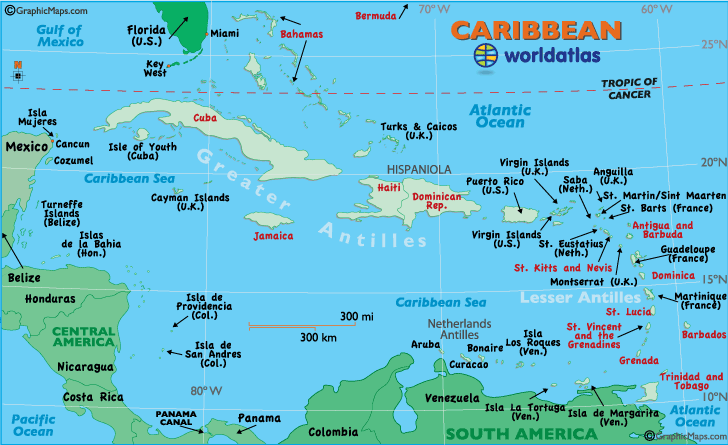
Sugar plantation (with slaves from Africa)
made Barbados, Cuba, Haiti, & Jamaica
the world's richest places at that time
Image source: worldatlas.com
Caribbean islands in 18c (cont.)

Barbados, Cuba, Haiti, & Jamaica
all had extractive institutions (cf. Lecture 2)
Image source: worldatlas.com
Caribbean islands in 18c (cont.)
Demand for sugar in Britain during 18th century
Annual per capita consumption of Sugar in Britain
1704
1800
4 pounds
18 pounds
(1 pound = 0.4536 kg)
source: Mintz (1985), reported in The Guardian
Sugar production: highly productive
Caribbean islands in 18c (cont.)
Plantation owners
allocate their resources (land and slaves) into sugar production

Image source: Wikimedia Commons
A 19th-century lithograph by Theodore Bray showing a sugarcane plantation.
On right is "white officer", the European overseer, watching plantation workers.
18c Caribbean islands is an example of:
Economic growth under extractive institutions
Political centralization
Inclusive economic institutions permitted
Resources allocated to highly productive sectors
Collapse of economic growth
No incentive for innovation
Infighting among the elite
Soviet Union since 1928
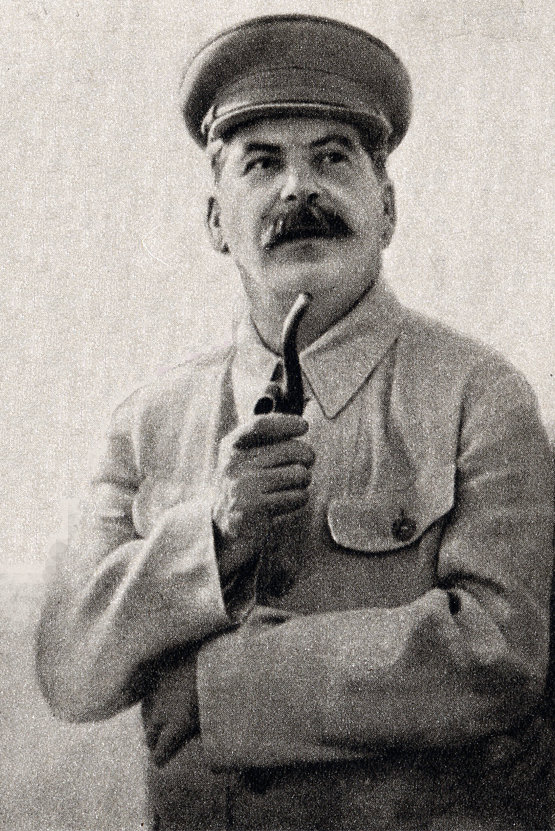
Joseph Stalin
Rose to the top by 1927 by purging his opponents
Image source: Wikimedia Commons
i.e. Extractive political institutions
Initiated state-led industrialization from 1928
Soviet Union since 1928 (cont.)
Farmer collectivization to tax agriculture
Abolish private property rights
Herd all farmers into collective farms run by Communist Party
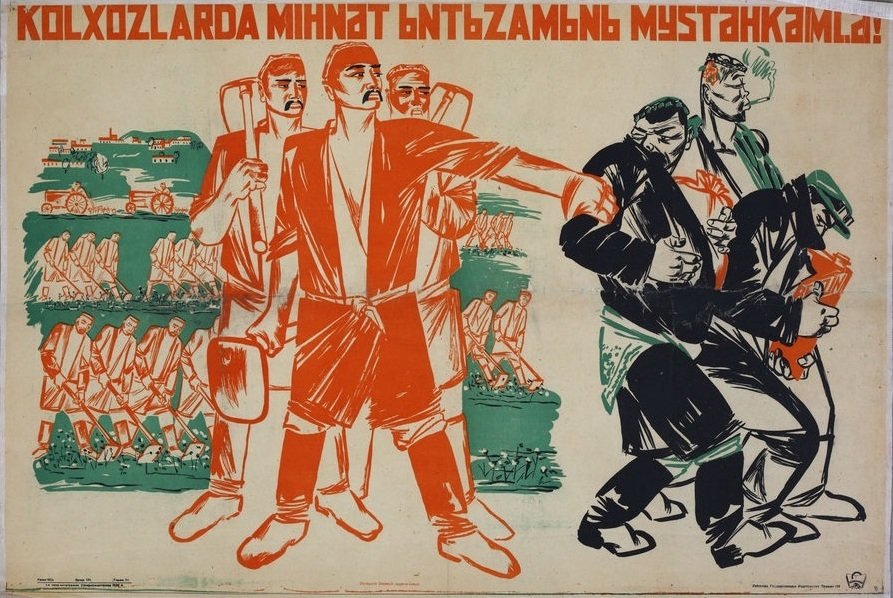
Propaganda poster for collective farms in 1933
Image source: Wikimedia Commons
Agricultural outputs in collective farms:
Reallocated by the government to factory builders & workers
Note:
political centralization needed for such resource reallocation
Today's theme:
unsustainable growth under extractive institutions
Economic growth under extractive institutions
Political centralization
Inclusive economic institutions permitted
Resources allocated to highly productive sectors
Collapse of economic growth
No incentive for innovation
Infighting among the elite
Soviet Union since 1928 (cont.)
Heavy industry: highly productive for Soviet Union
Most Russians lived in countryside before 1928
Technologies: very backward relative to those in Europe and U.S.
Resources (capital & labor) used more productively
by being allocated from agriculture to heavy industry
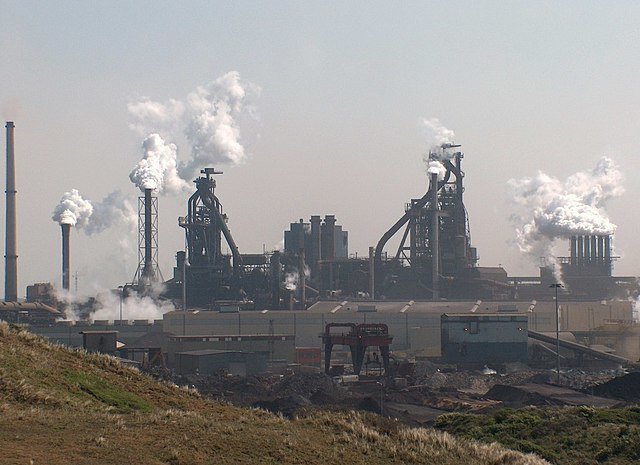
Image source: Wikimedia Commons
Soviet Union since 1928 (cont.)
GDP grew at 6% a year from 1928 to 1960
Prosperity as a result
Until late 1970s, Westerners believed socialism was the future

Nobel laureate Paul Samuelson predicted in 1980:
Soviet Union would overtake U.S. in GDP by 2002
See Levy and Peart (2011) for more
Image source: Wikimedia Commons
Soviet Union until the 1970s is an example of:
Economic growth under extractive institutions
Political centralization
Inclusive economic institutions permitted
Resources allocated to highly productive sectors
Collapse of economic growth
No incentive for innovation
Infighting among the elite

Today's Road Map
Inclusive economic institutions permitted
South Korea
Caribbean islands in 18th century
Allocation of resources into highly productive sectors
Soviet Union
Political centralization
Neolithic Revolution by Natufians
Kuba Kingdom in Congo
Today's theme:
unsustainable growth under extractive institutions
Economic growth under extractive institutions
Political centralization
Inclusive economic institutions permitted
Resources allocated to highly productive sectors
Collapse of economic growth
No incentive for innovation
Infighting among the elite
Natufians

People living in present-day Israel
around 10,000 BC
Image source: Wikimedia Commons
Thought to be
the world's first human beings
who started agriculture
How Natufians started agriculture
After 9600 BC
Global temperature rose by 7 degrees in less than a decade
Around 9500 BC
Natufians started sedentary life with hunting and gathering
About 500 years later
Natufians started agriculture
Emmer wheat


Two-row barley
Peas
Lentils


Why Natufians became sedentary
Political centralization:
necessary for sedentary life to be feasible
Benefit of sedentary life
Easy to take care of children & the elderly
Cost of sedentary life
Possible to store food
No need to carry around heavy tools for cooking
Need to create:
rules (e.g. property rights) to prevent conflicts
institutions (e.g. judges, police) to enforce rules
Disagreement cannot be resolved by moving away
Evidence for Natufian political centralization
Some, but not all, people were buried with:
Imported goods from a distant area (e.g. obsidian)
Ornaments (necklaces, garters, bracelets)

Image source: Museum of Archaeology and Anthropology in Cambridge
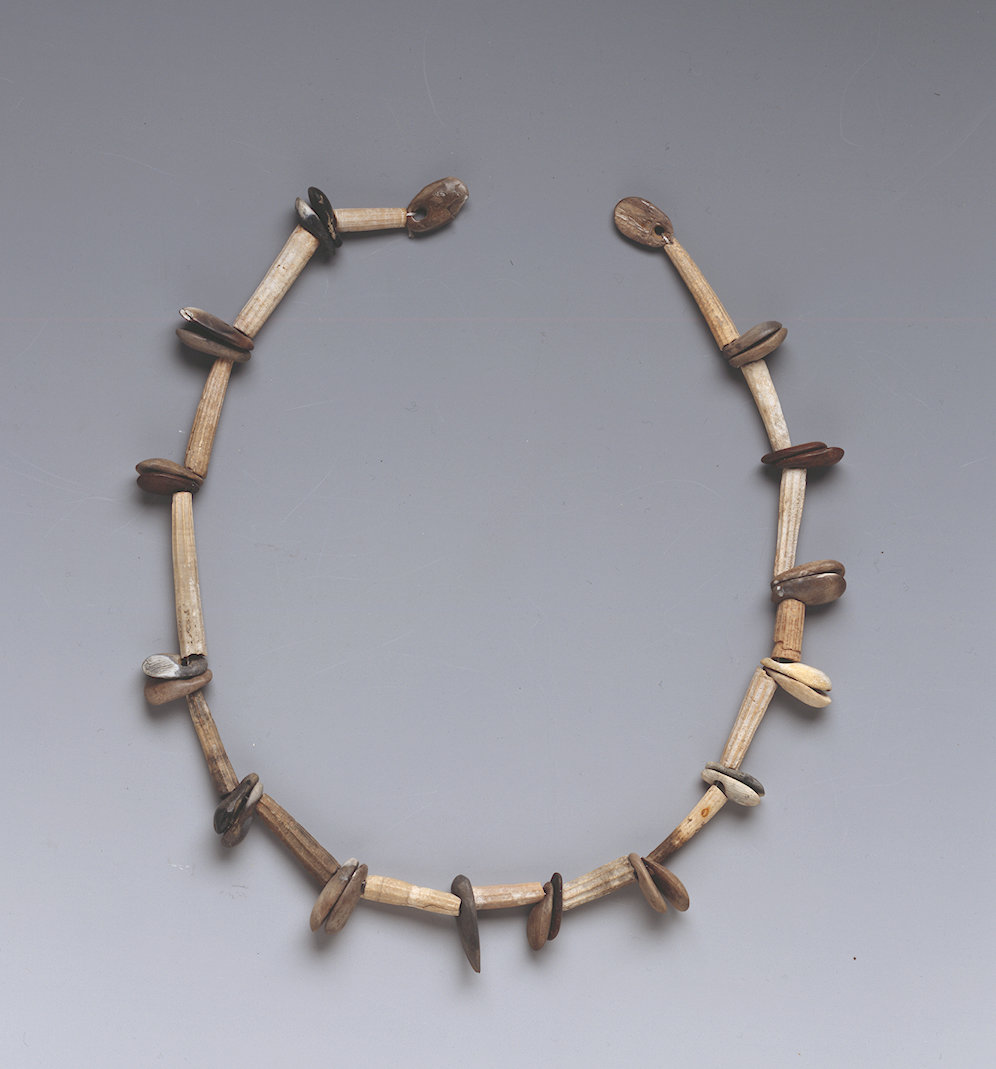
Image source: Real Archaeology
A large, plastered building amid 50 round huts
Most likely a chief's house
Natufians are an example of:
Economic growth under extractive institutions
Political centralization
Inclusive economic institutions permitted
Resources allocated to highly productive sectors
Collapse of economic growth
No incentive for innovation
Infighting among the elite
Kuba Kingdom in 17th-century Congo
Source: Map 6 of Why Nations Fail
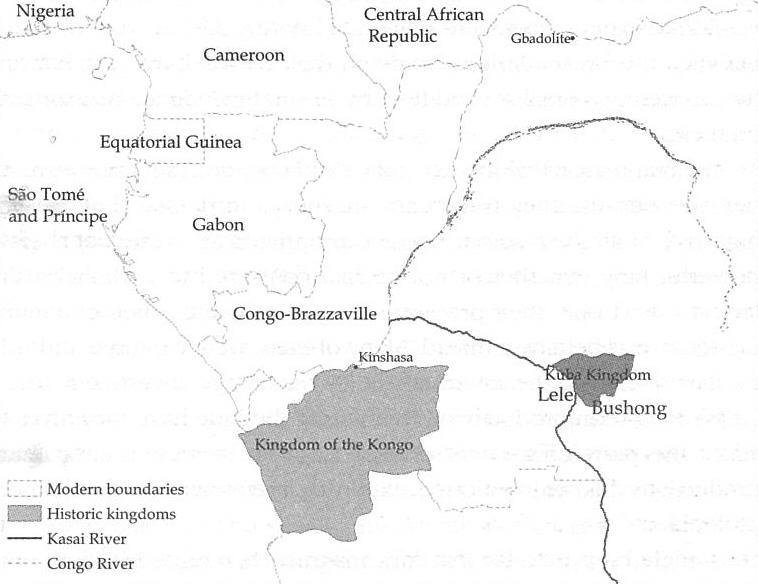
(cf. Lecture 2)
Image source: British Museum
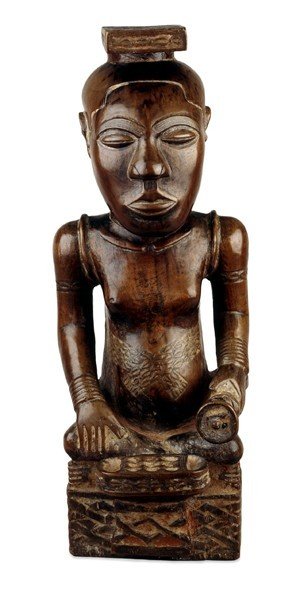
Founded around 1620 by
Shyaam a-Mbul a Ngoong
Portrait statue of Shyaam a-Mbul
late 18th century
Bureaucracy to collect taxes
Legal system & police force
Kings checked by council
Trial by jury
Political centralization
Kuba Kingdom in 17th-century Congo (cont.)
Kuba Kingdom in 17th-century Congo (cont.)
Economic prosperity as a result
Adoption of American crops
(maize & cassava)
Younger men allowed to work on farms
Only married men work on farms (unmarried ones for soldiers)
Age of marriage lowered from 35 to 20
Food production doubled


Image source: lima-europe.eu / mypady.com
Kuba Kingdom is an example of:
Economic growth under extractive institutions
Political centralization
Inclusive economic institutions permitted
Resources allocated to highly productive sectors
Collapse of economic growth
No incentive for innovation
Infighting among the elite
Kuba Kingdom in 17th-century Congo (cont.)
Impacts still seen in the 1950s
The Bushong
inside the Kingdom
Boundary of Kuba Kingdom: delineated by the Kasai River
The Lele
outside the Kingdom
Subsistence farming
Market exchanges
Mixed farming
5 crops rotated every 2 year
2-3 maize harvests a year
Cultivate a single crop
1 maize harvest a year
Hunting without nets
Law and order
Each village fortified

Today's Road Map (cont.)
Soviet Union
No incentive for innovation
Infighting among the elite
Mayan city states
China since 1976 as growth under extractive institutions?
Today's theme:
unsustainable growth under extractive institutions
Economic growth under extractive institutions
Political centralization
Inclusive economic institutions permitted
Resources allocated to highly productive sectors
Collapse of economic growth
No incentive for innovation
Infighting among the elite
Incentive schemes in Soviet Union
Bonus system introduced in 1931
Workers receive bonus (up to 37% of wage)
if they meet output targets
Kills incentive for innovation
Resources for innovation: diverted to meet the target
Targets based on previous production level
Bonus paid monthly vs. Innovation takes time
1
2
3
No reason to raise output by innovation
Incentive schemes in Soviet Union (cont.)
Output targets are set in terms of quantity, not value
Target set in tons
e.g.
Each sheet as heavy as possible
Target set in areas
Each sheet as thin as possible
Target set in tons
Too heavy to hang from ceilings

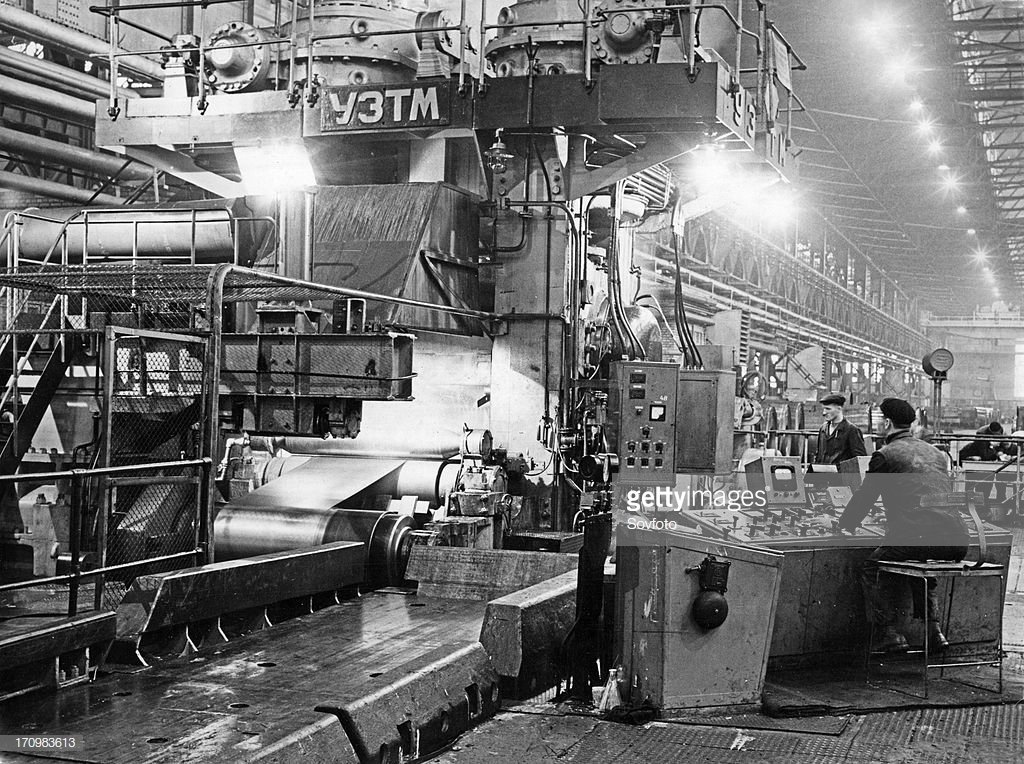
Steel sheets
Chandeliers
Image source: Getty Images
Image source: liveauctioneers.com
Incentive schemes in Soviet Union (cont.)
Innovation bonuses introduced in 1946
Innovators receive monetary rewards
Incentive to invent valueless products
Rewards: based on the prices set by the government
Upper limit of bonus: wage bill of a firm
No incentive to invent machines to economize on labor
Creates a wrong kind of incentive for innovation
1
2
Incentive schemes in Soviet Union (cont.)
Punishment on shirking
20 minutes of unauthorized absence from workplace
6 months of hard labor & 25% cut in pay
Didn't create incentive for innovation
1/3 of adult population (36m): found guilty for 1940-1955
Soviet economy since the 1970s
Economic growth slowed down
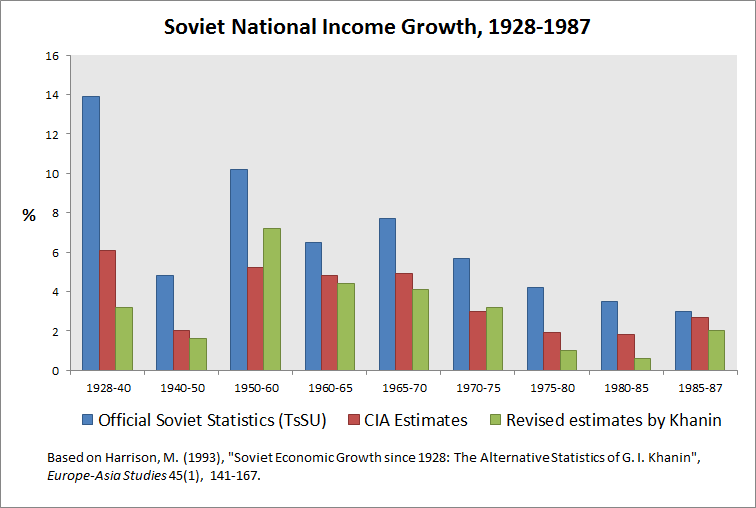
Image source: Wikimedia Commons
Soviet Union since the 1970s is an example of:
Economic growth under extractive institutions
Political centralization
Inclusive economic institutions permitted
Resources allocated to highly productive sectors
Collapse of economic growth
No incentive for innovation
Infighting among the elite

Today's Road Map (cont.)
Soviet Union
No incentive for innovation
Infighting among the elite
Mayan city states
China since 1976 as growth under extractive institutions?
Today's theme:
unsustainable growth under extractive institutions
Economic growth under extractive institutions
Political centralization
Inclusive economic institutions permitted
Resources allocated to highly productive sectors
Collapse of economic growth
No incentive for innovation
Infighting among the elite
Mayan city states (AD 250-900)
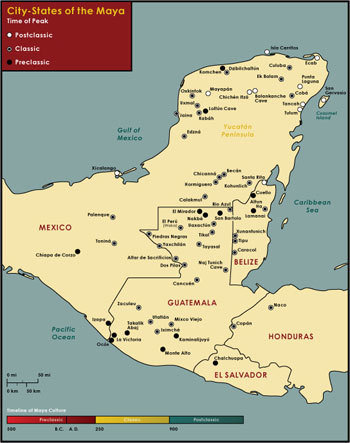
Image source: Multiverse
People spoke closely related languages
Developed a writing system
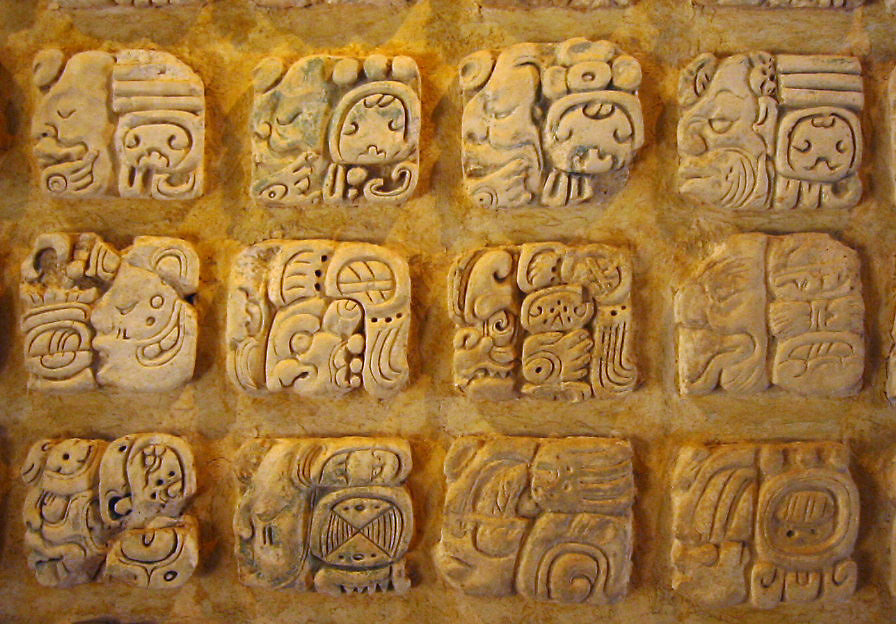
Image source:
Political centralization in Mayan city states
During AD 100-300
A centralized state emerged and consolidated in Tikal
A king (k'ubul ajaw) and aristocrats organized society
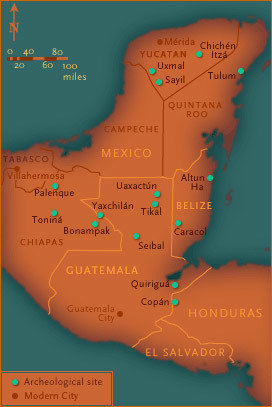
Image source: PBS
But no popular participation
Extractive political institutions
Political centralization in Mayan city states (cont.)
Tikal kings
raised tribute from farmers & organized labor
to build great monuments
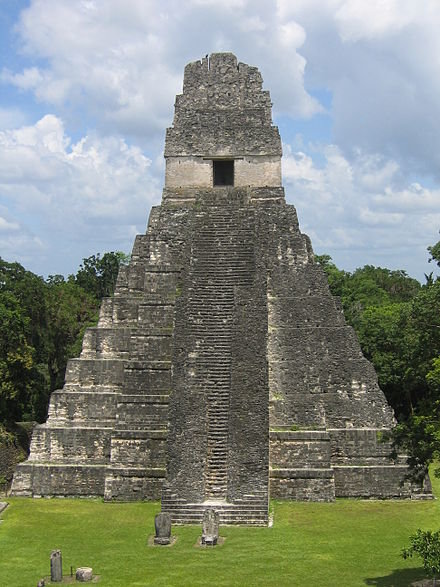
Tikal Temple I, built circa 732 AD
Image source: Wikimedia Commons
e.g.
Economic prosperity of Mayan city states
Extensive occupational specialization
potters, weavers, woodworkers, tool & ornament makers
Traded goods include:
obsidian, jaguar skins, marine shells, cacao, salt, feathers
Invention of cement (independently from Ancient Rome)
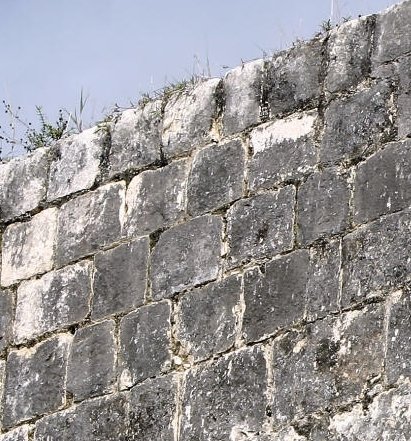

Wall & columns
made of Mayan concrete
Image source: leonidemartinblog.wordpress.com
# of buildings with years inscribed
| AD 514 | 10 |
| AD 672 | 20 |
| Mid-8th century | 40 |
| 9th century | |
| 10th century |
Estimated population of Copan
| AD 400-499 | 600 |
| AD 750-799 |
28,000 (more than London/Paris) |
| AD 900 | |
| AD 1200 |
Economic prosperity of Mayan city states (cont.)
Mayan city states until 8th century is an example of:
Economic growth under extractive institutions
Political centralization
Inclusive economic institutions permitted
Resources allocated to highly productive sectors
Collapse of economic growth
No incentive for innovation
Infighting among the elite
Mayan city-states after 8th century
Collapse of centralized states
No record of kings' names after AD 810
Royal palace abandoned about the same time
Last king ascended to the throne around AD 795-800
Last dated monument: from AD 810
City abandoned soon after

Quirigua
Copan
Image source: PBS
Mayan city-states after 8th century (cont.)
Reasons for the collapse of Mayan city states: unknown
Extractive institutions may have caused
infighting over wealth extracted from people
Mayan city-states after 8th century (cont.)
Constant warfare
Inscriptions record the sequence of conflicts
Source:
Map 10 of Why Nations Fail
City states fought each other
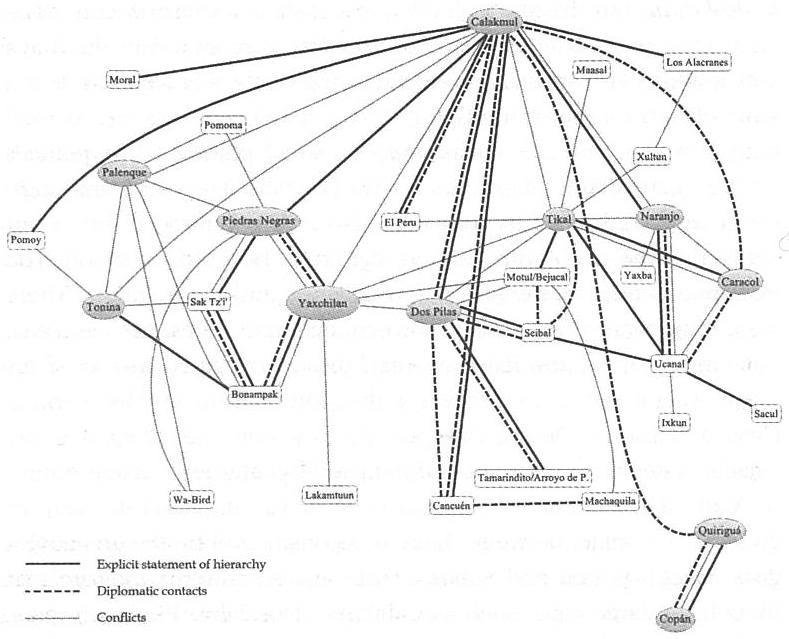
Mayan economic decline since 9th century
# of buildings with years inscribed
| AD 514 | 10 |
| AD 672 | 20 |
| Mid-8th century | 40 |
| 9th century | |
| 10th century |
Estimated population of Copan
| AD 400-499 | 600 |
| AD 750-799 |
28,000 (more than London/Paris) |
| AD 900 | |
| AD 1200 |
10 per year
0 per year
15,000
600
Mayan city states since 9th century is an example of:
Economic growth under extractive institutions
Political centralization
Inclusive economic institutions permitted
Resources allocated to highly productive sectors
Collapse of economic growth
No incentive for innovation
Infighting among the elite

Today's Road Map (cont.)
Soviet Union
No incentive for innovation
Infighting among the elite
Mayan city states
China since 1976 as growth under extractive institutions?
China under Mao Zedong (1949-1976)
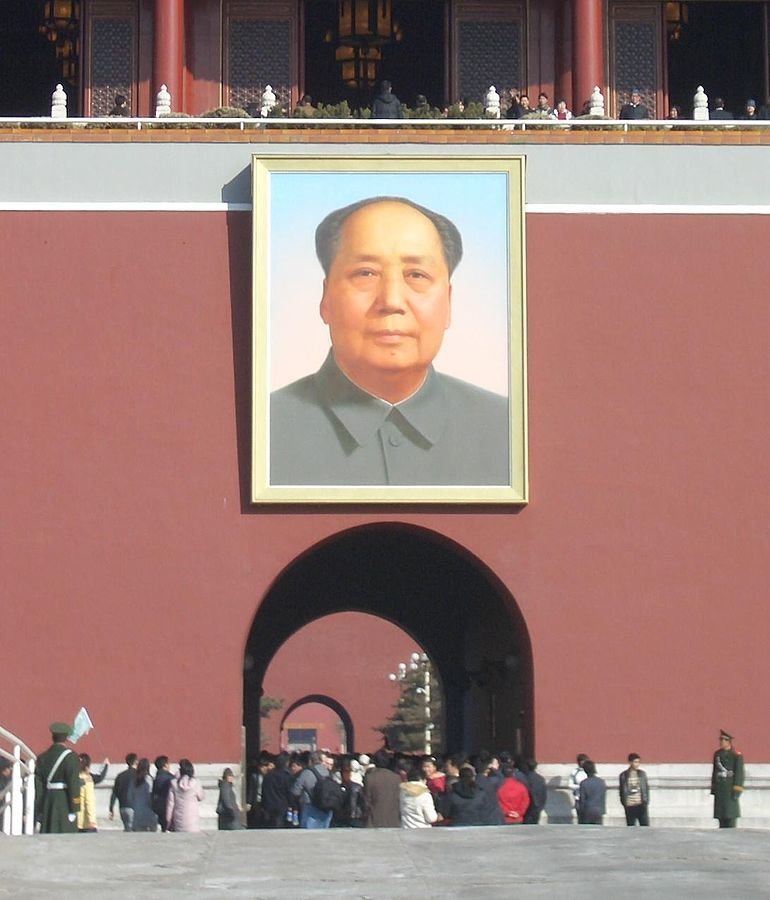
Portrait of Mao Zedong
at Tiananmen Gate
Source: Wikimedia Commons
Political institutions: extractive
No political organizations allowed other than Communist Party
Mao Zedong dominates the Party
During the Cultural Revolution (1966-1976)
opponents: killed, arrested, sent into exile
"The more people you kill, the more revolutionary you are." (Mao Zedong)
China under Mao Zedong (1949-1976) (cont.)
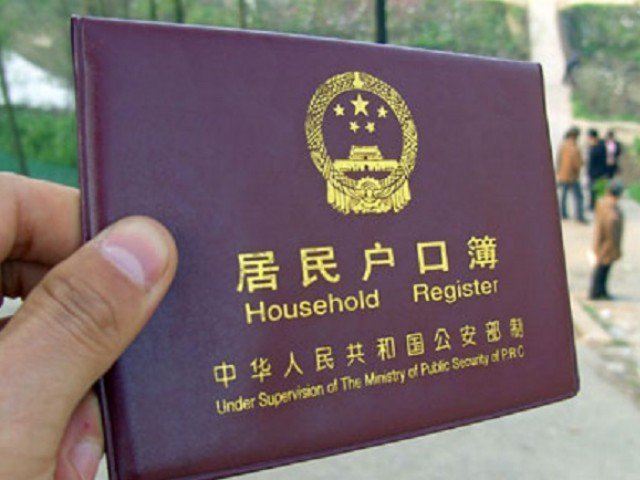
Internal passport for Chinese citizens
Image source: The Express Tribune
Economic institutions: extractive
Property rights abolished
All land nationalized (landlords executed)
Labor mobility:
tightly regulated by hukou system since 1958
State monopoly of selling rice and grain
through which farmers are heavily taxed
| economic institutions | ||
|---|---|---|
| Secure for everyone |
Property rights | Insecure for majority of people |
| Free | Occupational choice |
Forced labor |
| Free | Entry of new businesses | Prevented by monopolies |
| Unbiased | System of laws | Biased for the powerful/rich |
| Promoted | Public service provision | Discouraged |
Economic Institutions
Inclusive
Extractive
Property rights
Secure for everyone
Non-existent
Occupational choice
Free
Limited
via mobility restriction
Entry of
new businesses
Free
Prevented by
monopolies
System of laws
Unbiased
Biased for
the powerful / rich
Public service provision
Provided
Limited
That is...
China under Mao Zedong (1949-1976) (cont.)
Economic stagnation

GDP per capita hovers around $200 (constant 2010 US dollars)
from 1960 to 1976
Source: World Bank
China under Deng Xiaoping (1978-)
Inclusive economic institutions permitted
Household Responsibility System (1983)
Give farmers the right to retain profits from produce (usufruct right)
Mandatory state purchase of grain: abandoned (1985)
New firms:
can enter and compete with state-owned firms (1979)
Township Village Enterprises in rural areas
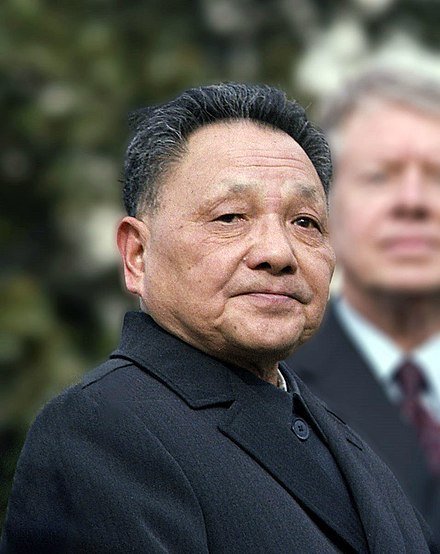
| economic institutions | ||
|---|---|---|
| Secure for everyone |
Property rights | Insecure for majority of people |
| Free | Occupational choice |
Forced labor |
| Free | Entry of new businesses | Prevented by monopolies |
| Unbiased | System of laws | Biased for the powerful/rich |
| Promoted | Public service provision | Discouraged |
Economic Institutions
Inclusive
Extractive
Property rights
Secure in terms of retaining profits
Non-existent
Occupational choice
Can switch from farming to industry
Limited
via mobility restriction
Entry of
new businesses
Free for selling grain
Prevented by
monopolies
System of laws
Unbiased
Biased for
the powerful / rich
Public service provision
Provided
Limited
That is...
Prosperity in China since 1978

1982
1993
2004
2015
GDP per capita (Constant 2010 US$) grew rapidly
6,000
4,000
2,000
0
Source: World Bank
Agricultural production increased
Grain output grew by 33% from 1978 to 1984
with fewer people in agriculture
China since 1978 is an example of:
Economic growth under extractive institutions
Political centralization
Inclusive economic institutions permitted
Resources allocated to highly productive sectors
Collapse of economic growth
No incentive for innovation
Infighting among the elite
But will Chinese growth be sustained?
No incentive for innovation
Labor mobility:
still tightly regulated by hukou system

Internal passport for Chinese citizens
Image source: The Express Tribune
Difficult to enter new markets w/o the support of Communist Party
Private businesses:
allowed unless competing with state companies
Dai Guofang:
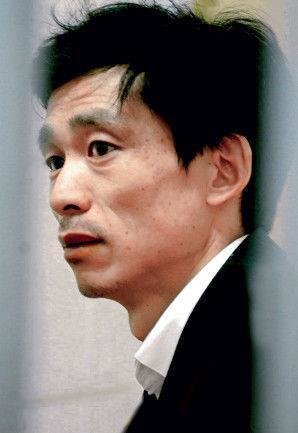
Jailed for 2004-09 and found guilty on minor charge
runs a low-cost steel company
to compete with state-owned factories
Image source: finance.people.com.cn
| economic institutions | ||
|---|---|---|
| Secure for everyone |
Property rights | Insecure for majority of people |
| Free | Occupational choice |
Forced labor |
| Free | Entry of new businesses | Prevented by monopolies |
| Unbiased | System of laws | Biased for the powerful/rich |
| Promoted | Public service provision | Discouraged |
Economic Institutions
Inclusive
Extractive
Property rights
Secure for everyone
Insecure for
non-Party members
Occupational choice
Free
Entry of
new businesses
Free
Prevented by
state enterprises
System of laws
Unbiased
Biased for
the powerful / rich
Public service provision
Provided
Limited
That is...
Limited
via mobility restriction
Economic growth under extractive institutions
Political centralization
Inclusive economic institutions permitted
Resources allocated to highly productive sectors
Collapse of economic growth
?
No incentive for innovation
Infighting among the elite
But will Chinese growth be sustained? (cont.)
Innovation in China today
Why Nations Fail was written in 2012
Since then Chinese economic growth appears to have shifted
from catch-up to "creative destruction"
Forbes World's Most Innovative Companies for 2018
include 7 Chinese companies
(cf. 7 from Japan)
Magazine articles such as "China Is Innovating Faster Than You Imagine" appeared in 2018
Does sustained economic prosperity
always need inclusive institutions?
Open question:
Your to-do list until next class
Prepare 9-minute presentation on your term paper
(and 9 minutes for discussions)
1
Politics through the Lens of Economics (2018): Lecture 14
By Masayuki Kudamatsu
Politics through the Lens of Economics (2018): Lecture 14
- 2,021



